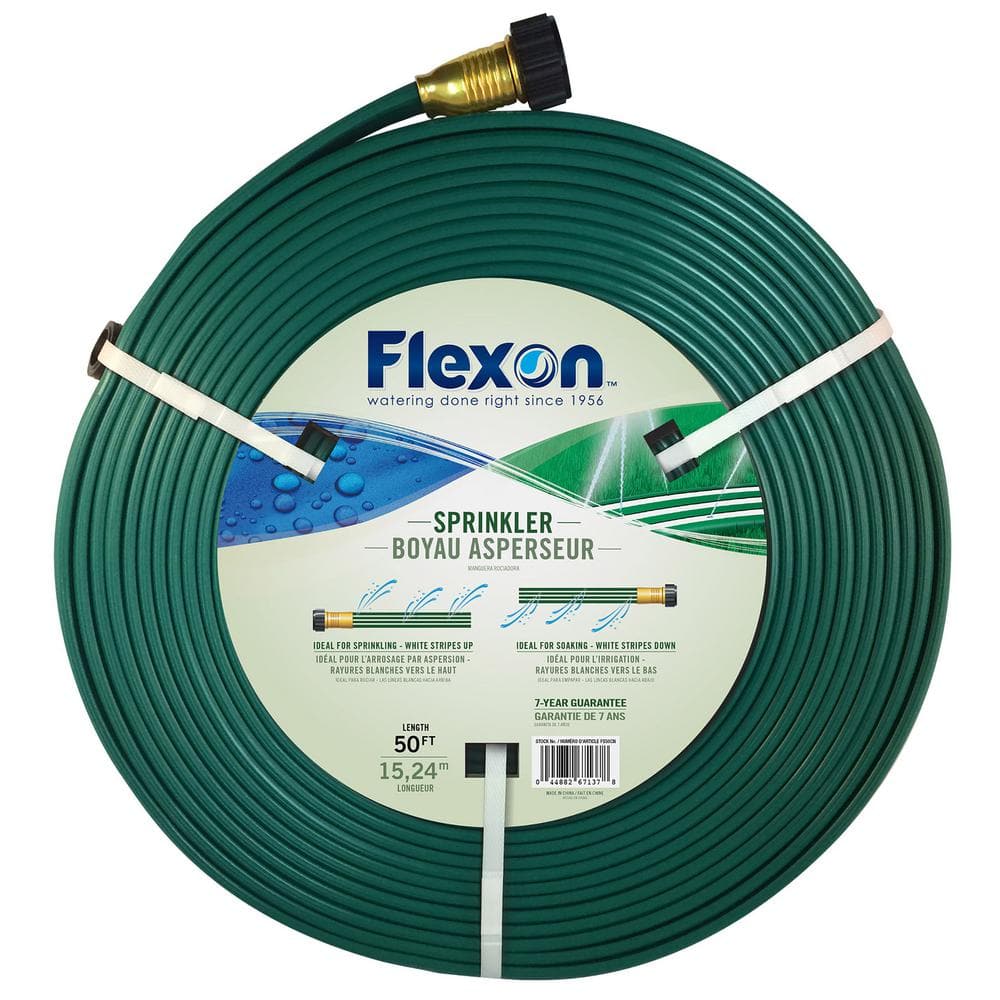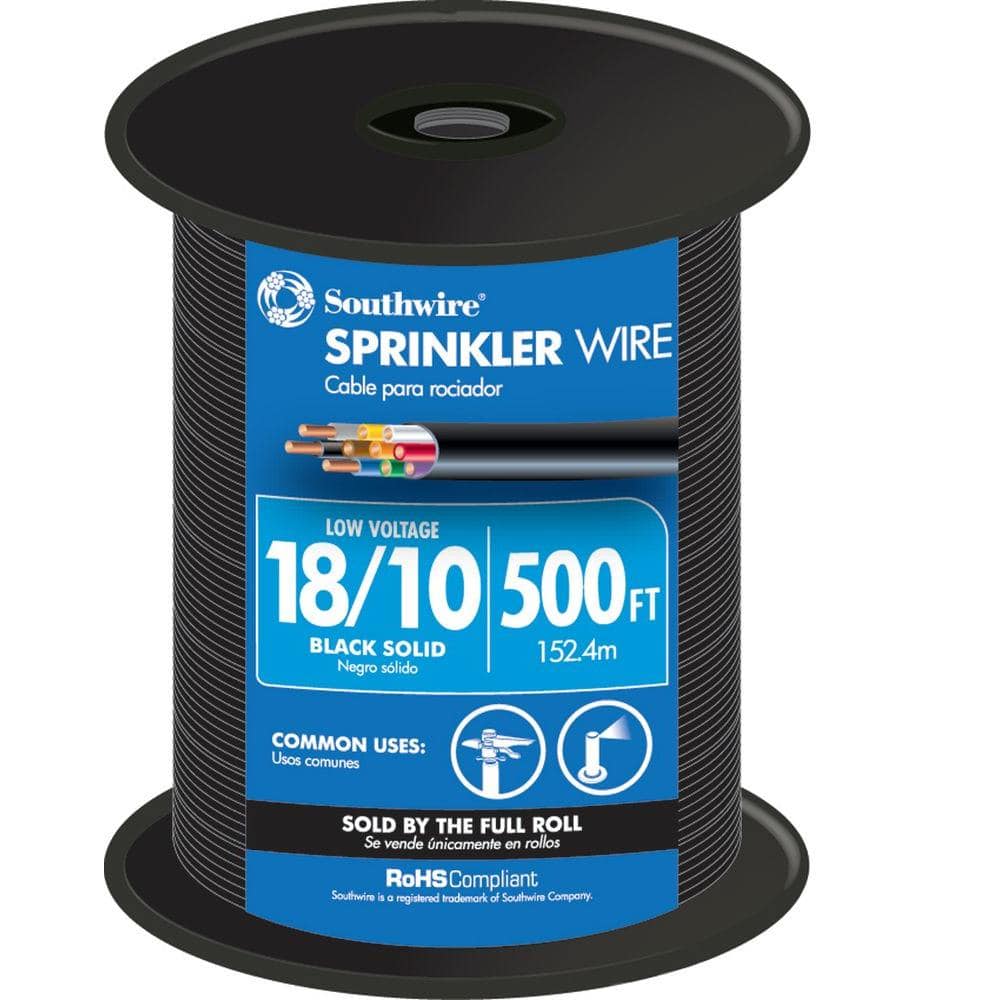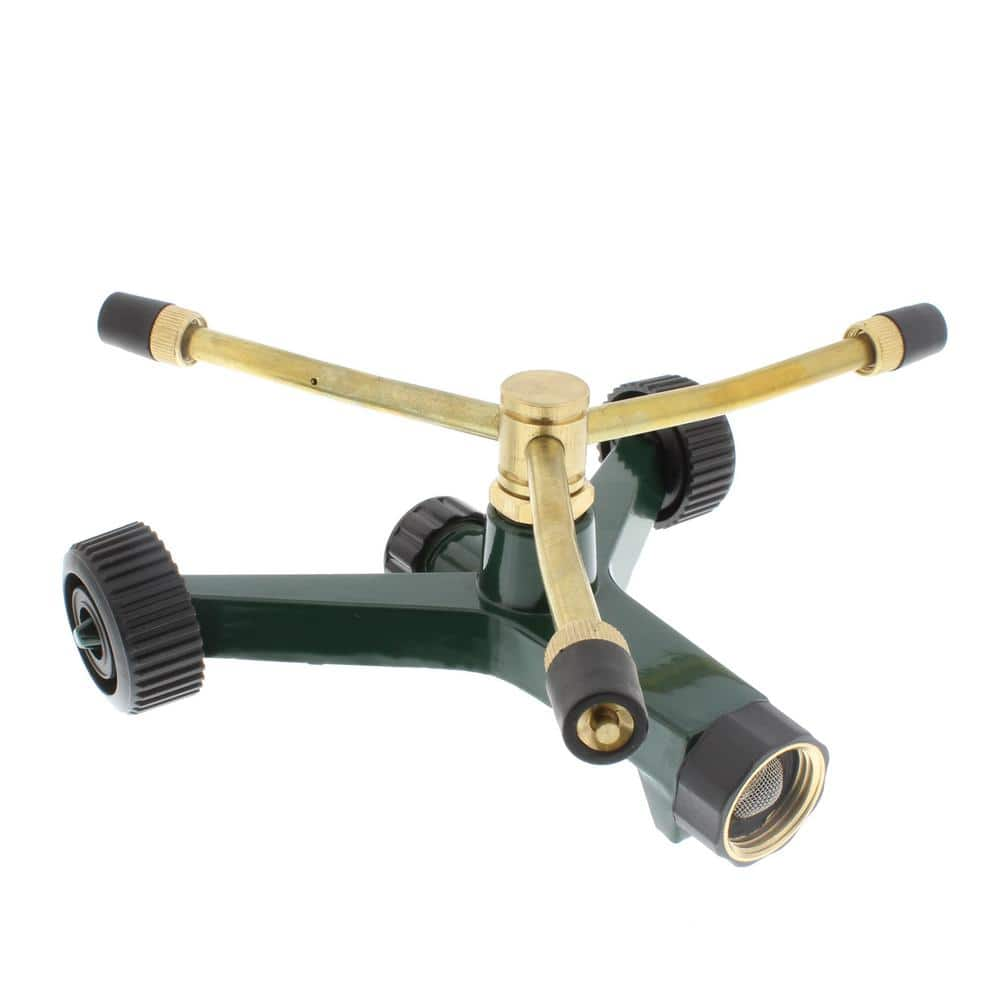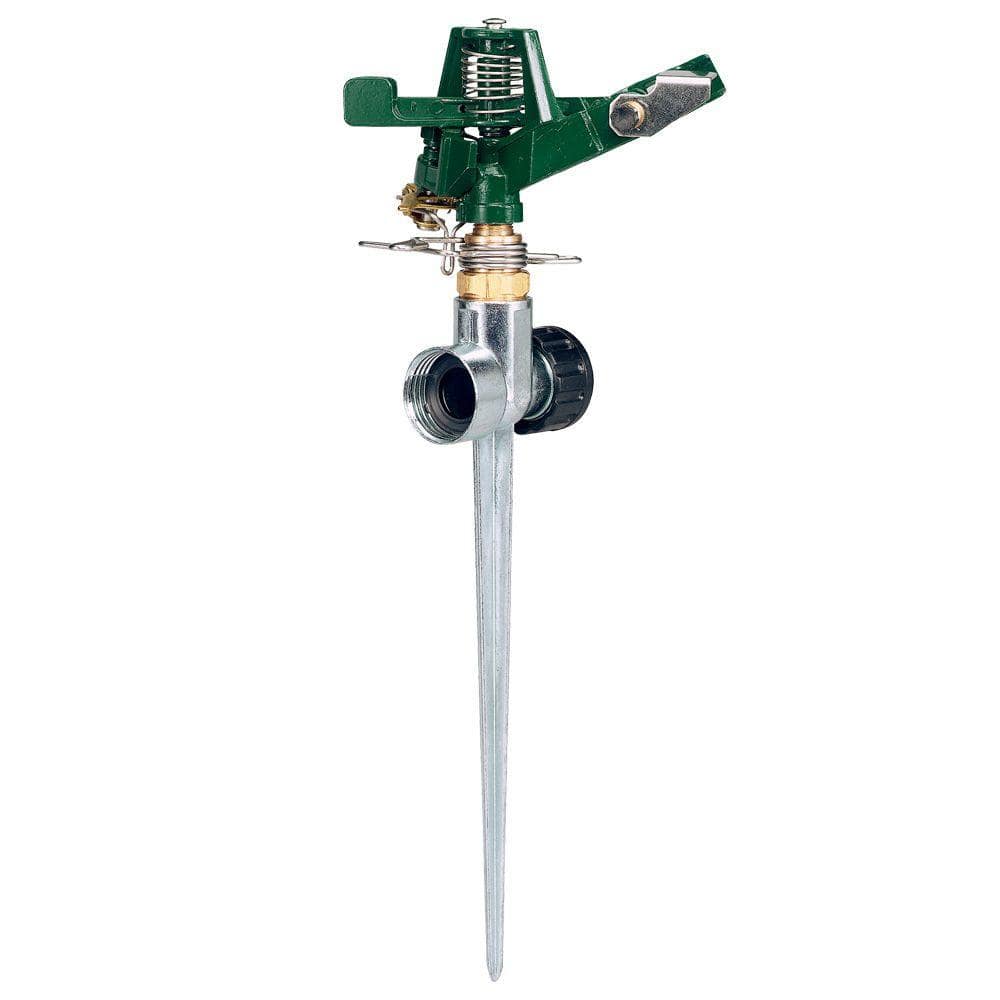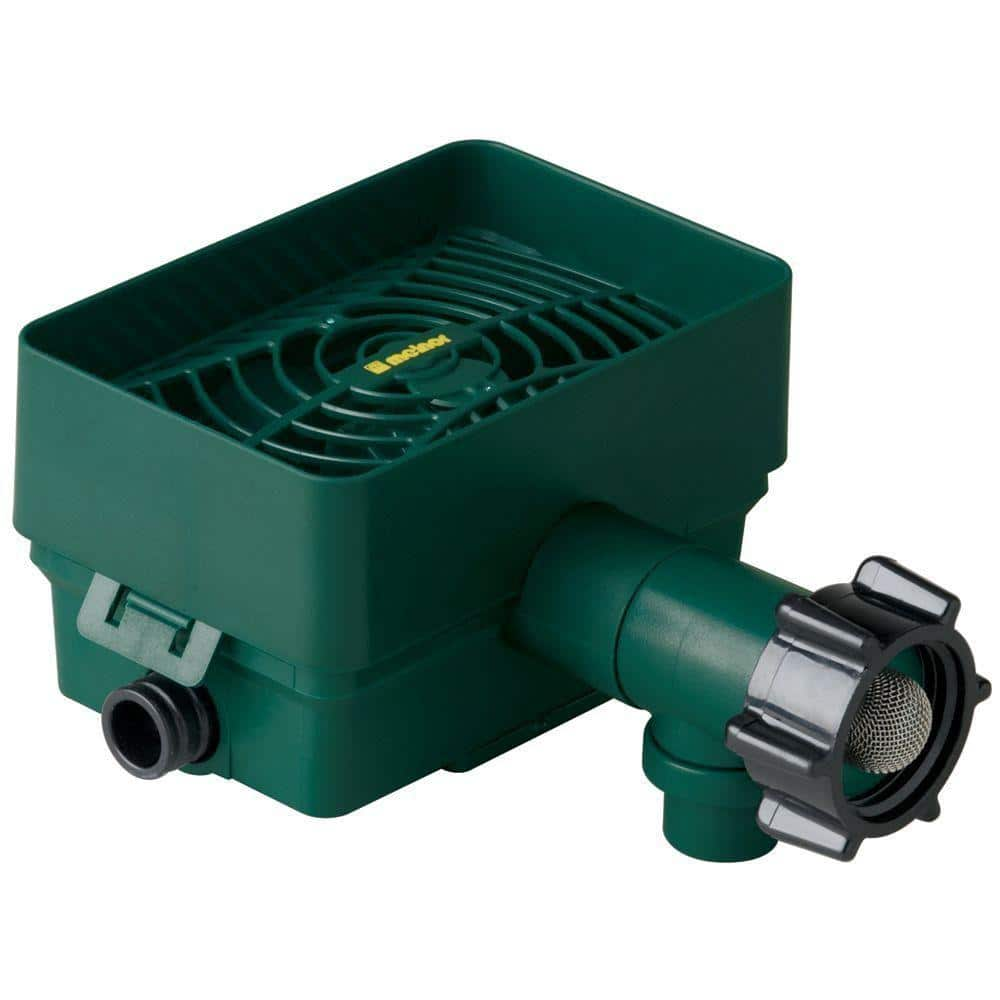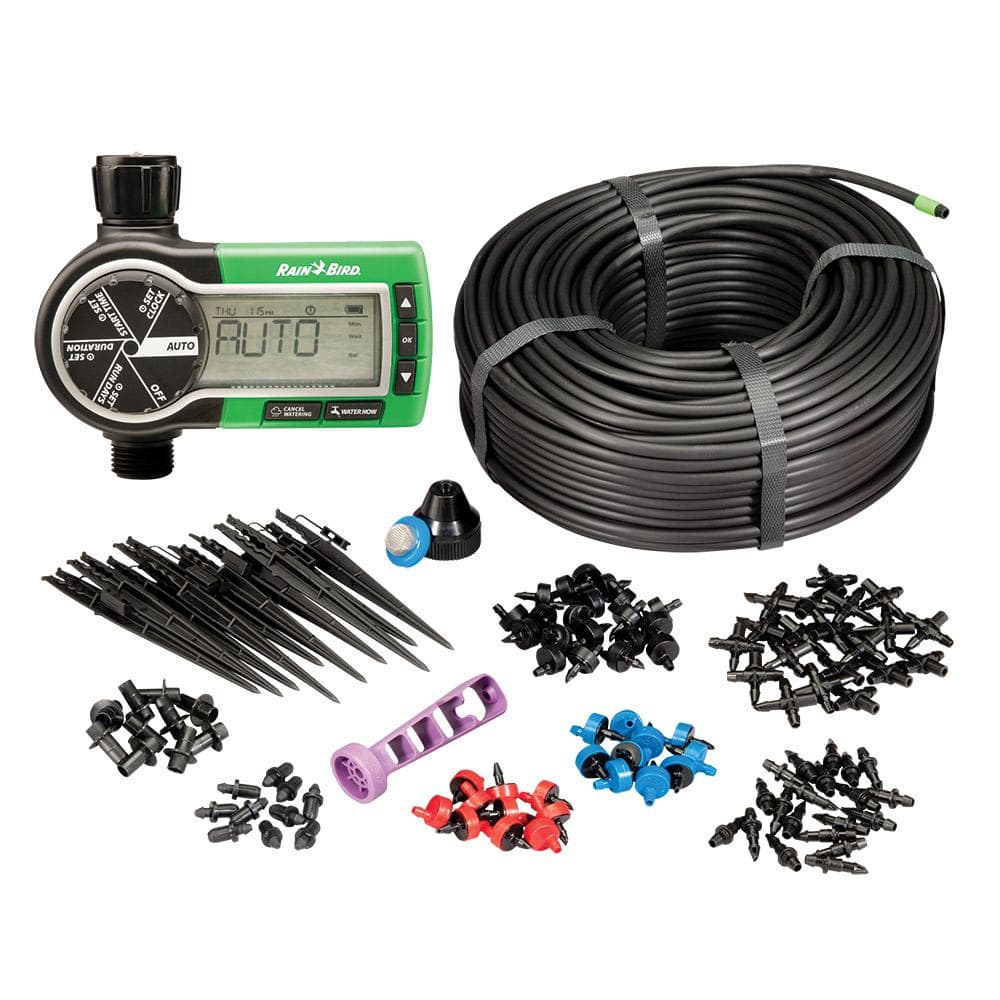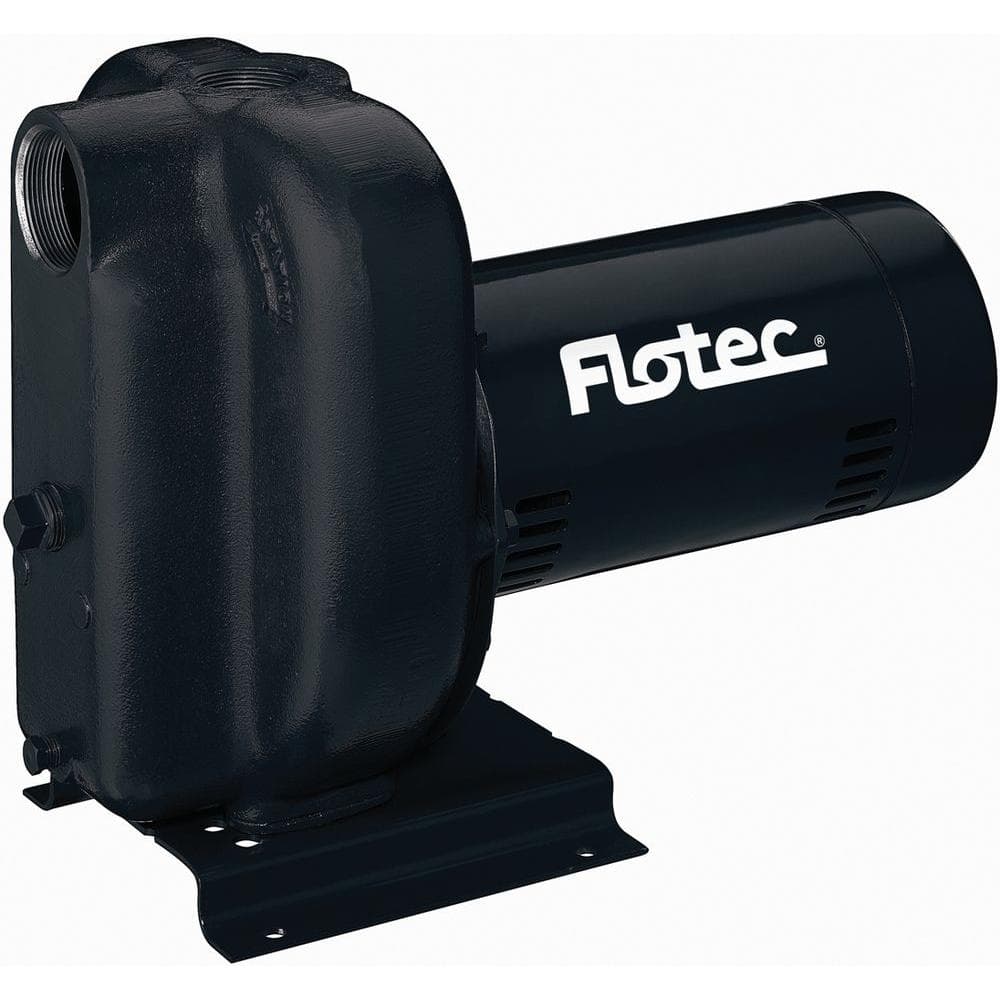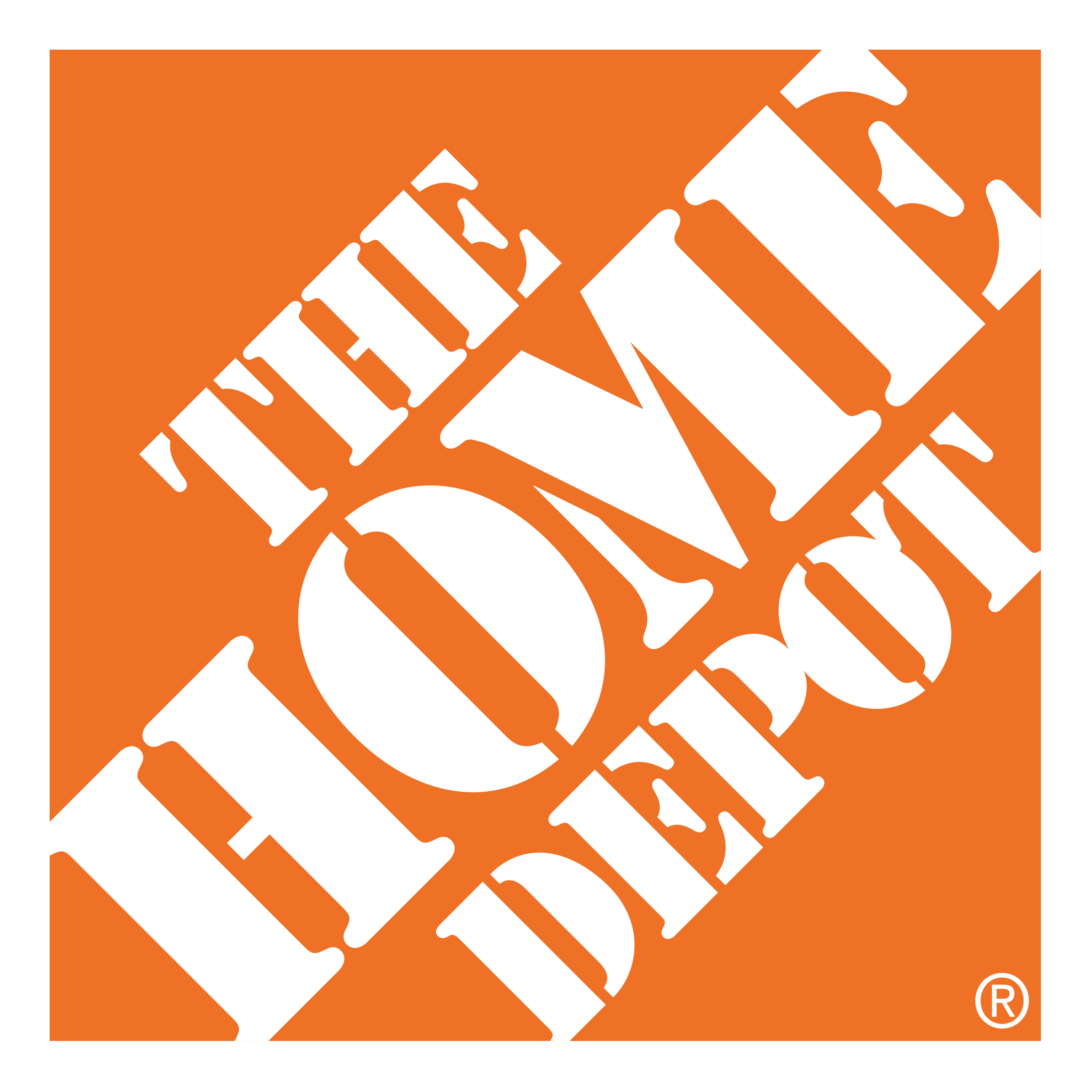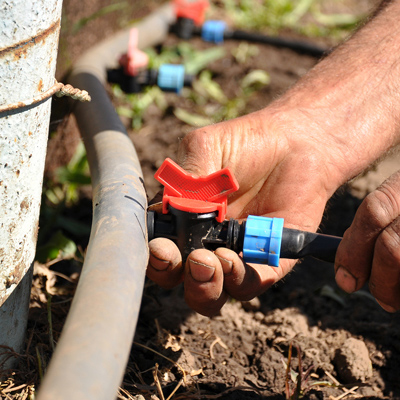Best Sprinkler Valves for Your Yard

Last updated September 7, 2023
Sprinkler systems make it simple to keep your yard looking lush through long, hot summers and droughts. How well your system works depends on whether it has the right valves.
Sprinkler valves are an integral part of your irrigation system. They control and regulate the amount of water that each watering zone receives and may be controlled manually or electrically with a timer. Sprinkler valves also can be used to turn off your system in emergencies and prepare the system for winterization.
This guide will discuss the different types of valves so you can pick the one best for you.
Table of Contents
The Key Parts of a Sprinkler System
Types of Control Valves
Valve Considerations
Backflow Preventers & Other Features
Optional Features
Additional Valves
The Key Parts of a Sprinkler System

Numerous components make up a sprinkler system. In general, the key parts are:
- Water source, such as your municipal water supply, a well, a pump or a nearby body of water.
- Timer that controls the operation of the system. Most modern irrigation systems include timers.
- Backflow preventer that prevents your sprinkler system from contaminating your home's water supply.
- Water pump that ensures the system works at optimal pressure. Large systems usually have multiple pumps.
- Water meter that enables you to monitor system performance and water usage.
- Control valves that direct where the water flows—normally, you water your lawn in zones, with separate valves for each area.
- Valve box that protects the valves from pests, weather damage, lawnmowers and other threats.
- Emergency shut-off valve that turns the system off in the event of an emergency.
- Sprinkler heads that disperse water.
- Pipes and risers that move water through the system.
Types of Control Valves
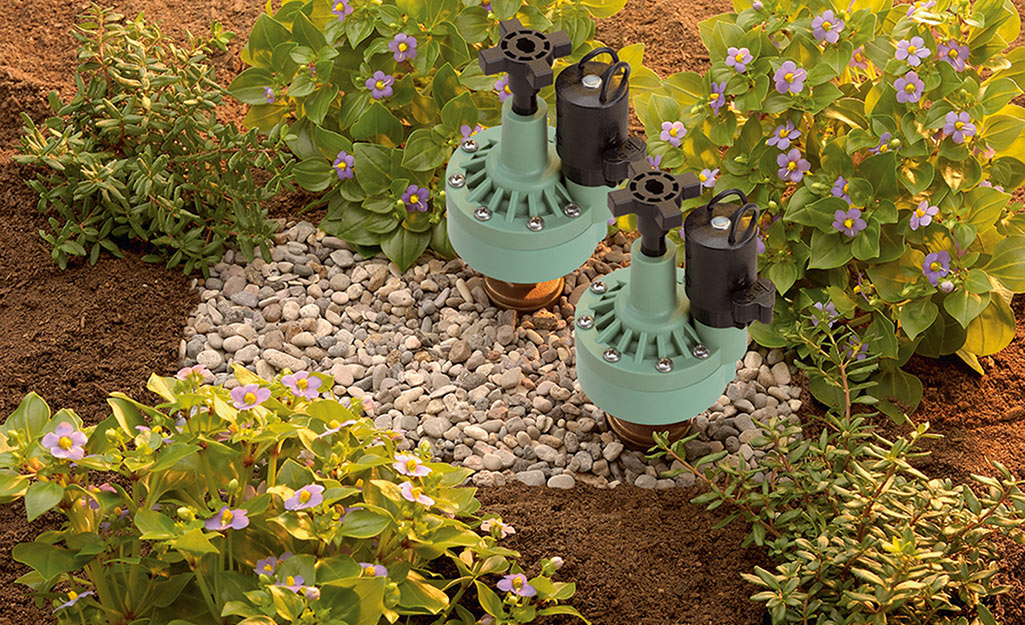
When installing a sprinkler system, you will install valves that control the flow of water, as well as emergency shut-off valves. Consider size, flow control and whether a valve “bleeds” internally or externally during installing.
Beyond valve issues, when installing a new irrigation system, you need to choose a method to prevent backflow, which can taint your drinking water. While anti-siphon valves have built-in backflow prevention (also called cross-connection control), you may need or want to install additional protection.
Local laws and regulations may dictate which types of valves and backflow preventers you can or cannot (or must) use, so be sure to consult them prior to installing your sprinkler system.
Sprinkler systems employ one of three main types of control valves:
- Manual control valves that you turn on and off by hand.
- Remote control valves that have an electric or hydraulic mechanism you operate via remote control.
- Solenoid control valves, the most common option, that use electricity to start and stop the flow of water. When an electrical current enters the solenoid, it pulls up an electromagnet that in turn raises the plunger so water can flow out of the valve. The flow continues until the electrical current stops, which lowers the magnet, causing the plunger to fall back into place and stop the water flow.
Valve Considerations
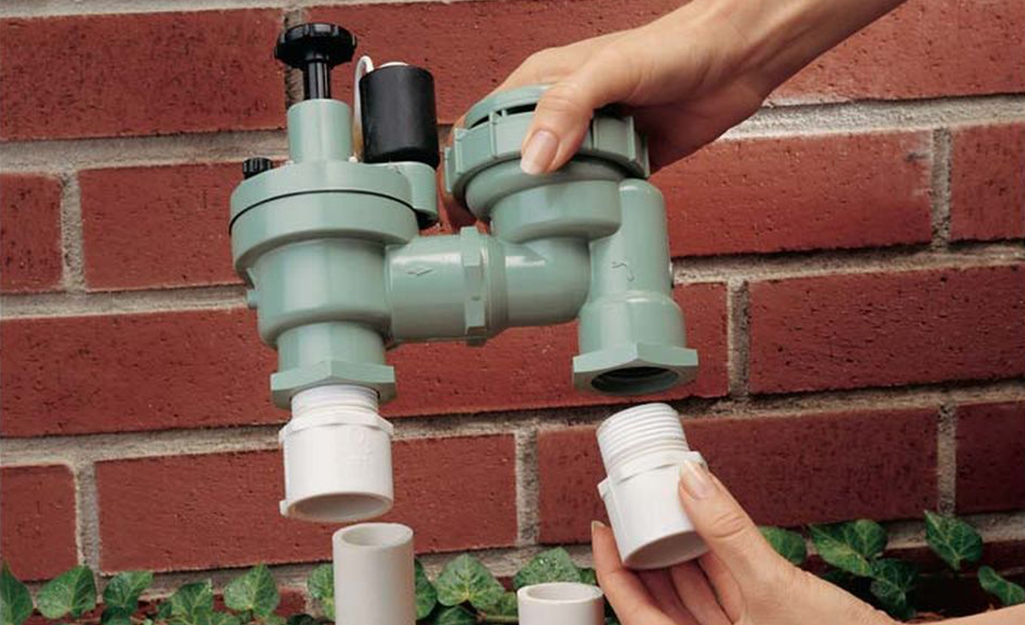
- Deciding how large a valve should be depends on your system’s flow rate. 3/4-inch valves are ideal for most residential applications where the flow rate is around 8 to 10 gpm (gallons per minute). If the flow rate exceeds 15 gpm, you should use a 1-inch valve.
- Installing flow control will allow you to customize performance by ensuring that the right amount of water is used in each zone. If valves are activated manually, they may be done so using the manual bleed feature.
- Valve diameter does not necessarily need to match pipe diameter.
- Flow control helps conserve water by preventing fogging and misting.
- External bleed valves are ideal for flushing dirt from lines during installation and repairs.
- Internal bleed valves vent water to the downstream side to prevent water from leaking.
Backflow Preventers & Other Features
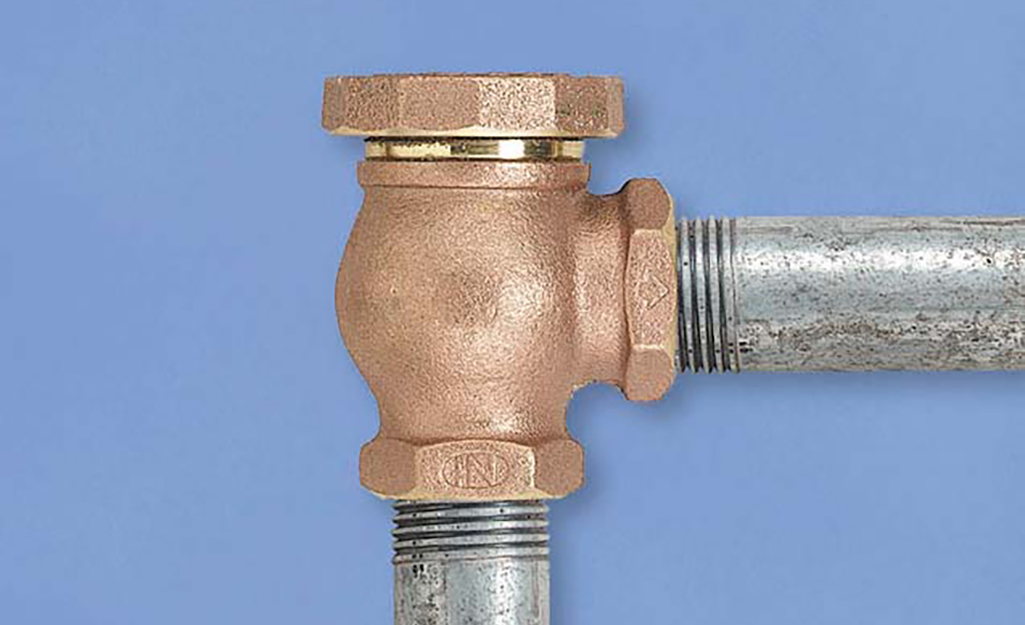
When sprinkler heads operate, they sometimes create a vacuum that can cause water that has already been expelled to be sucked back in. This water, which may have picked up chemicals from pesticides, fertilizers and other lawn products, can filter back into your drinking water and cause illness.
Backflow may be caused by pressure generated by equipment (pressure backflow) or pressure exerted upon water (back siphonage). Backflow preventers stop this from happening and, in many cases, are required by local codes and regulations.
Atmospheric Vacuum Breaker (AVB):
- Opens a vent that allows air into the system to prevent siphoning.
- Installs between the circuit valve and delivery device.
- Most economical.
- Must be installed above ground.
- One AVB must be installed for each control valve.
Double Check Backflow Preventer:
- Uses two spring-loaded, independently operating check valves to block backflow if water pressure temporarily drops.
- Prevents back siphonage.
- May be required in some areas.
- May be installed underground.
- Protects against pollutants but may not protect against contaminants.
Pressure Vacuum Breaker (PVB):
- Installs on the pressure side of emergency shutoff valve to prevent back siphonage.
- Must be installed prior to installing valves.
- May not be suitable for drip irrigation systems.
- Local regulations may prevent usage.
Reduced Pressure Backflow Preventer (RPZ):
- Features two check valves and a pressure differential relief valve that operates automatically.
- Installs between two emergency shutoff valves.
- Prevents back siphonage and pressure backflow.
- Requires larger upfront investment.
- Highly effective and efficient.
- Must be installed above ground.
Optional Features
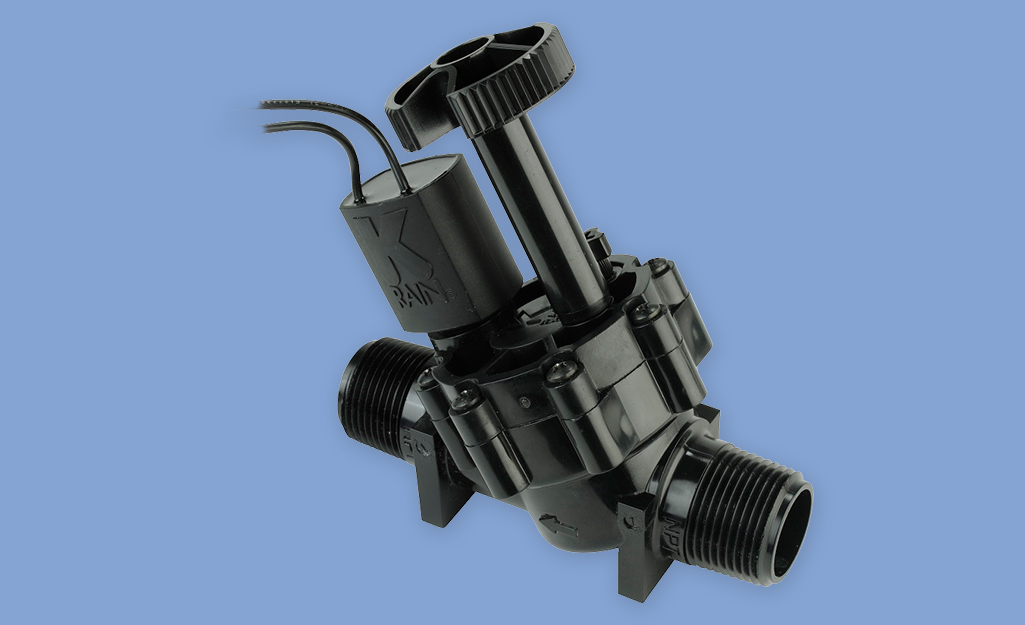
Built-In Pressure Regulators: Valves with pressure regulators control the pressure level directly, rather than relying on a system regulator that may be too far away to effectively regulate pressure at far ends of the line.
Molded Bolt: Valves with the stud part of a bolt molded to their bodies will not fall off when removing the nut, meaning you won’t accidentally lose it in the wet, muddy ground nearby.
Internal Scrubbers: If you draw water from a pond or irrigation ditch, look for valves with scrubbers that automatically remove algae to prevent buildup from blocking the opening.
Additional Valves
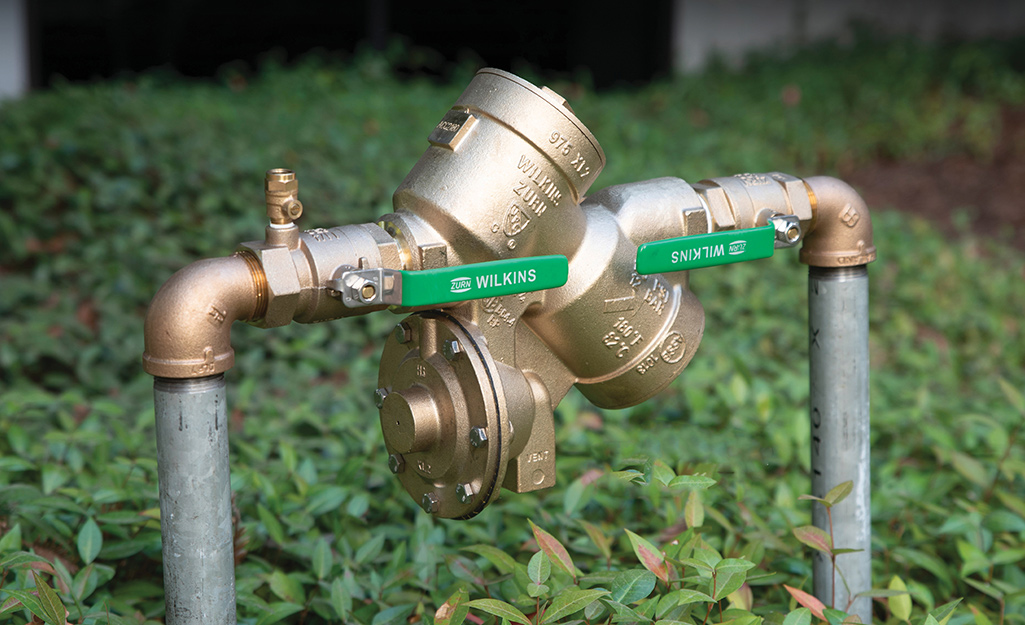
Anti-siphon valves:
- Helps keep drinking water safe.
- Have built-in backflow prevention.
- Easy to install.
- Manual or electric.
- Use where sprinkler lines are under land where chemicals are consistently used.
- Available in 3/4- or 1-inch sizes.
- Install at least 6 inches above highest sprinkler head.
In-line valves:
- Usually installed below ground.
- No built-in backflow protection; typically used with a backflow preventer.
- Protected by valve boxes.
- Group of in-line control valves (known as a manifold) provides easy access and maintenance.
- Manual or electric.
- Varieties include angle and globe valves.
Emergency shut-off valves:
- Cut the water supply to all or part of the system temporarily to prevent damage or to allow for maintenance and repair.
- They may be either gate or ball valves.
Drain valves:
- Located at low points on the main and lateral lines.
- Used to drain water from the system to make repairs or for winterization in colder climates.
The most common types of emergency shutoff valves are:
- Gate valves are economical and require multiple turns to turn off water.
Normally, this type of valve is used for emergency shut-off and requires multiple turns to open and close. - Ball valves have a ball that turns in a socket and are generally used for emergency shutoff. They require only a quarter turn and provide durability for frequent use.
Disc, butterfly and indexing valves are less-common types and may be necessary in some high-performance systems.
- Disc and butterfly valves are other types of high-performance emergency valves.
- Indexing valves may be required in some areas.
Tip: Local regulations may require you to choose a specific type of valve. Consult your city’s zoning laws before you shop to ensure compliance.
How to Choose the Right Valve
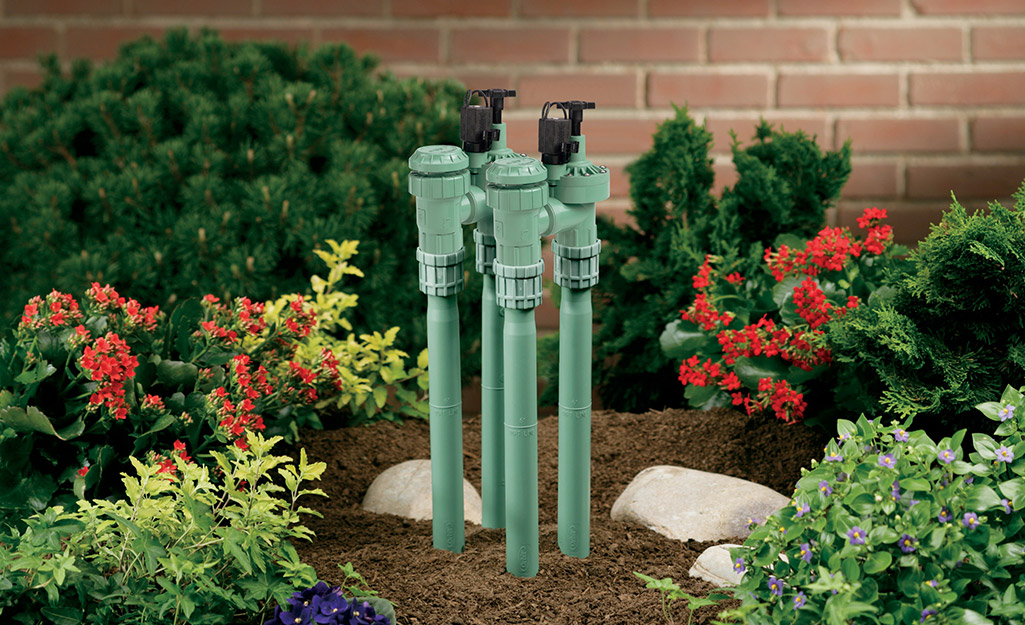
When selecting sprinkler valves, you'll need to consider a few important factors:
- Flow rate: 3/4-inch valves work best in systems where flow rates are roughly eight to 10 gallons per minute (gpm). For faster flow rates, choose larger valves.
- Climate: In colder climates, anti-siphon valves will require winterizing.
- Appearance: Inline valves are hidden underground, while anti-siphon valves are visible above ground. You may prefer the look of one over the other.
Tip: You don't need to match your valve diameter to your pipe size.
Comparing Valve Bleeds
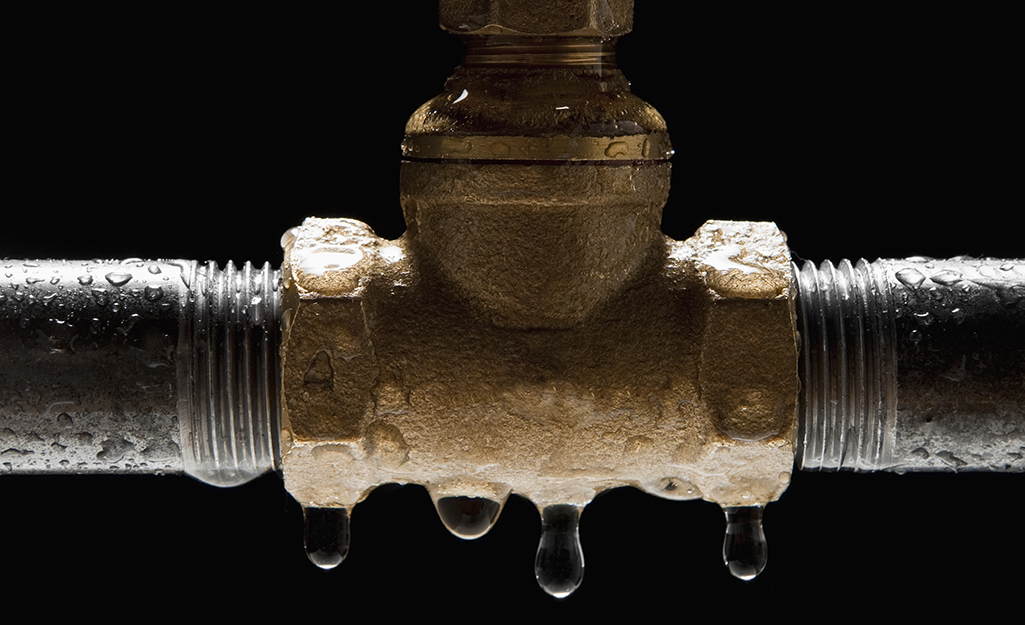
For routine maintenance and sprinkler system repairs, you may need to remove water from your system through a process called bleeding. Normally, to bleed a valve, you remove bleed screw hardware. Valves bleed in one of two ways:
- Internal bleed valves channel water to the other side of the valve. They don't draw in mud when open and can help prevent leaks.
- External bleed valves release water into the valve box and allow you to check pressure in the line. These are handy for flushing debris from lines.
Pressure Regulators for Steady Flow
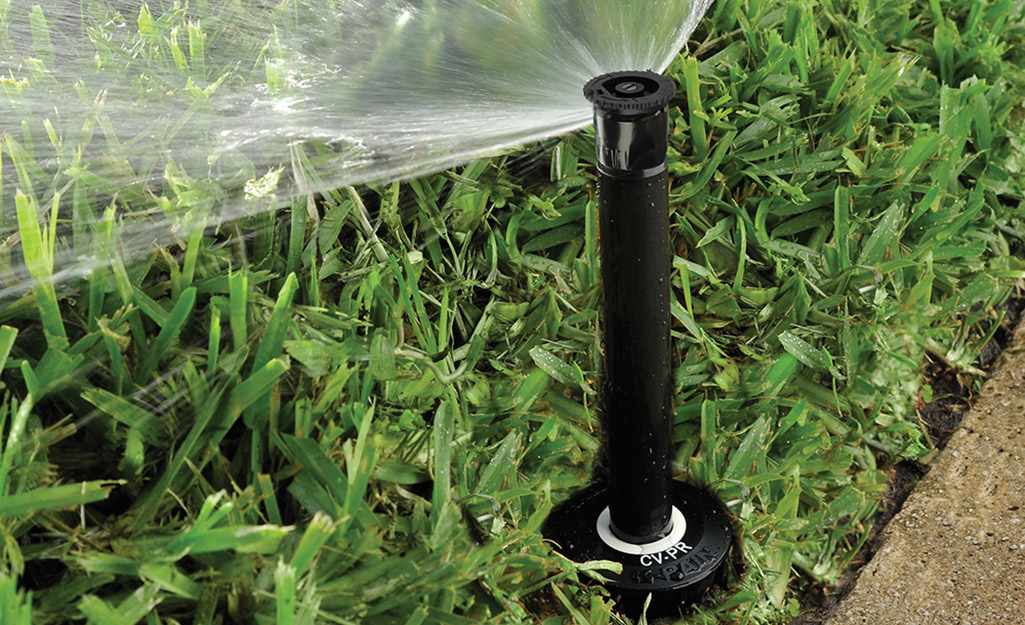
Some sprinkler valves have built-in pressure regulators. These valves control the flow of water independently and don't rely on an external regulator. In large systems where valves are far from the system regulator, you may need built-in pressure regulators to maintain water pressure.
Convenient Molded Bolt Valves
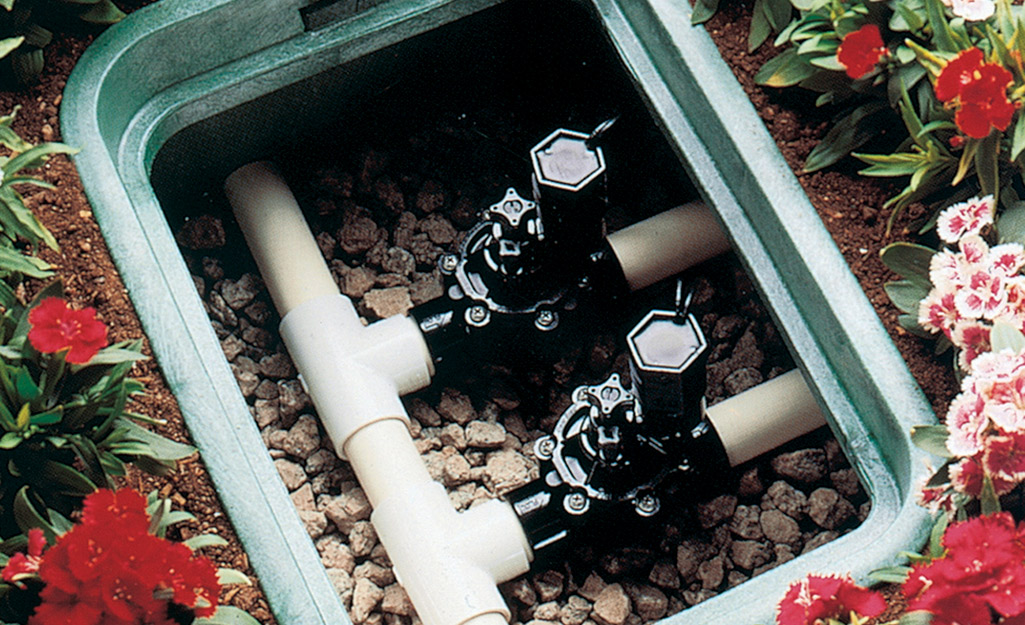
Regular maintenance is necessary to keep sprinkler systems running smoothly. Molded bolt valves can help you get the job done more quickly. In this design, the bolt that holds the valve together is fused to the body. As a result, you won't have to worry about dropping it into tall grass while you work.
Internal Scrubbers for Certain Water Sources
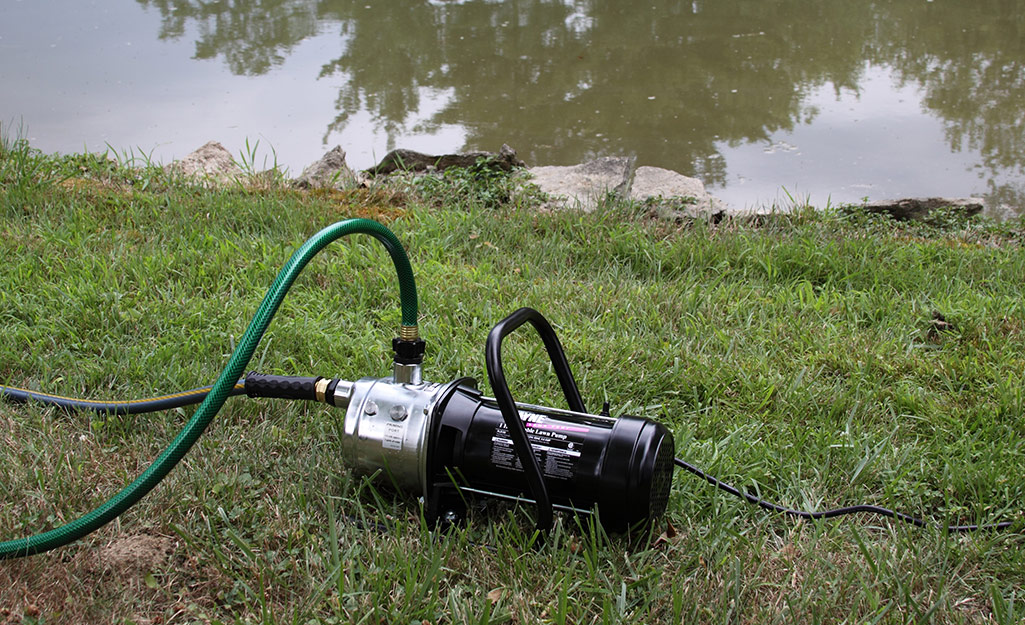
Ponds and irrigation ditches provide an inexpensive water source for your sprinkler system. Unfortunately, these water sources could contain algae and other contaminants that can clog and damage the system components. Valves with external scrubbers remove these impurities to reduce the risk of problems.
Many factors determine which sprinkler valves work best in a certain setting. The information above can help you sort through the various factors, compare your options and choose the valves ideal for your irrigation system needs. Shop online, or use The Home Depot Mobile App to locate products and check inventory. We’ll take you to the exact aisle and bay.
